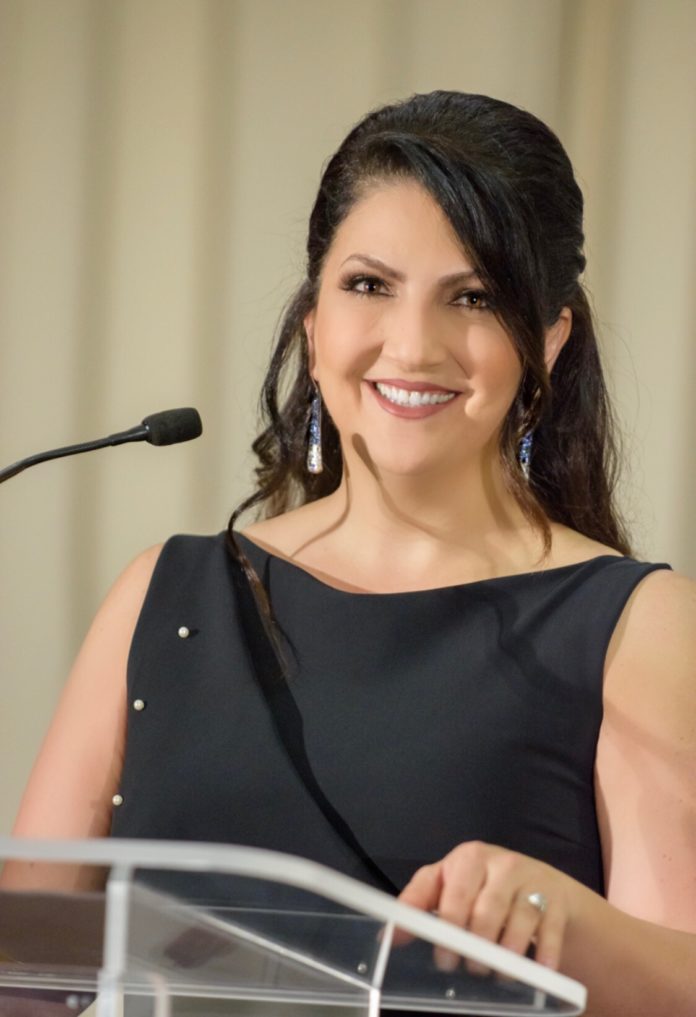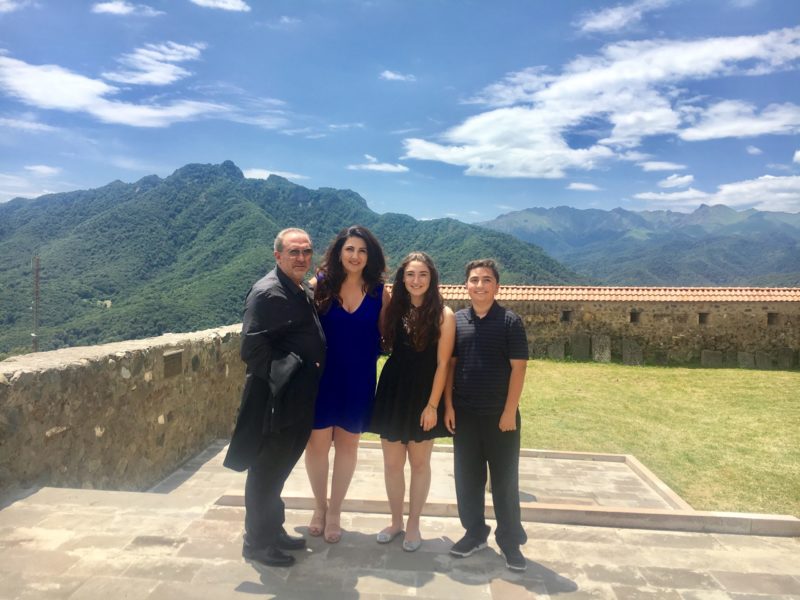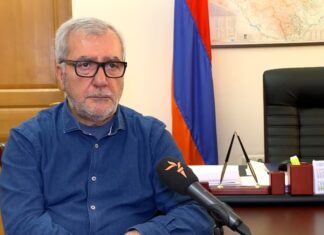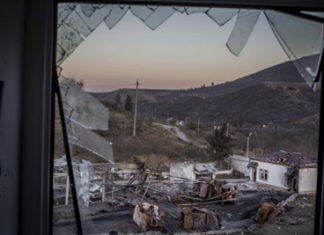LOS ANGELES — Among the many influential Armenians in Los Angeles, Anna Magzanyan of the Los Angeles Times stands out as a top marketing strategist with a background that covers all types of media to date. She was hired in March of this year as head of strategy and revenue but also as chief of staff to Dr. Patrick Soon-Shiong, a philanthropist who is owner and executive chairman of the LA Times.
Magzanyan noted that she is working closely with the Los Angeles Times and the San Diego Tribune to increase revenue with their existing portfolio and create new opportunities and products for this purpose. She oversees advertising, circulation, marketing, ad operations, business development and events for the Times. She said, “I am excited to work closely with Dr. Shoon-Shiong and bring his vision to life. It’s great to be back at the Los Angeles Times because journalism is so important to democracy.”
Dr. Soon-Shiong clearly proclaimed his intentions for the paper in a September 27, 2020 article: “Our guiding hope has been to rebuild the Times following years of disinvestment, strengthen the newsroom that plays a critical role in our democracy, and help make the paper a beacon of truth and inspiration. We also feel a deep personal responsibility and duty to fight racism and bias.”
Even though at present Dr. Soon-Shiong is focused on finding a vaccine for Covid-19, he is still involved concerning the vision and direction of the LA Times. Since Magzanyan began her new position this year, she has been learning about the various departments and meeting with everyone in the organization. She has also been developing plans for implementation in various areas of the newspaper.
Magzanyan remarked that despite the financial challenges for the LA Times, the company has expanded its digital portfolio and subscription model. With Dr. Soon-Shiong at the helm, it was able to rejuvenate and revitalize the newsroom with 140 new reporters. Since he started, there are more resources and a strong focus on increasing diversity in the company.
She said she is looking at how the LA Times is positioned for the modern day.










